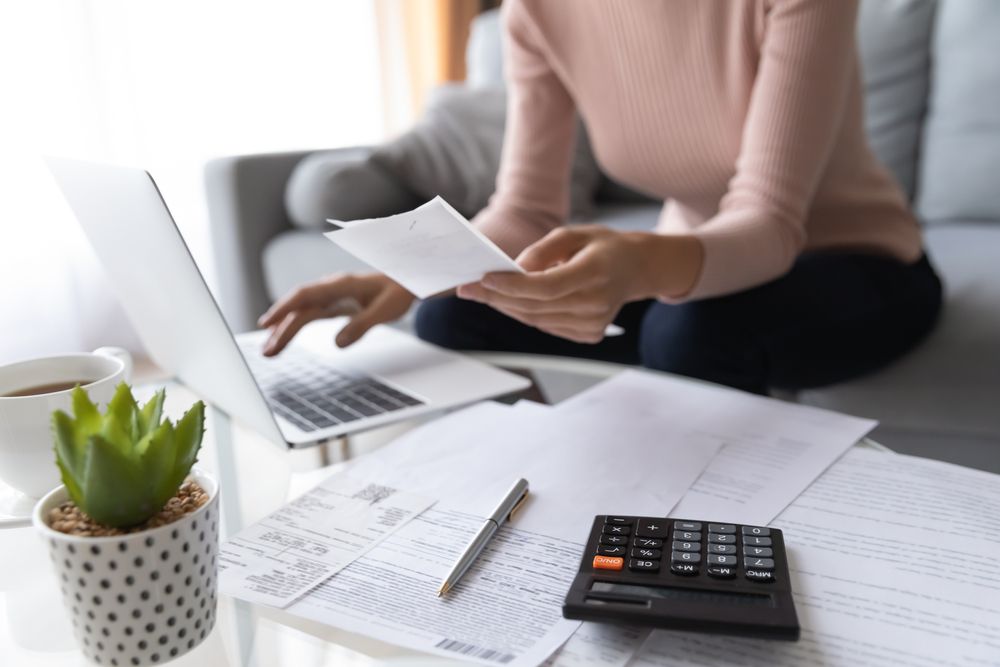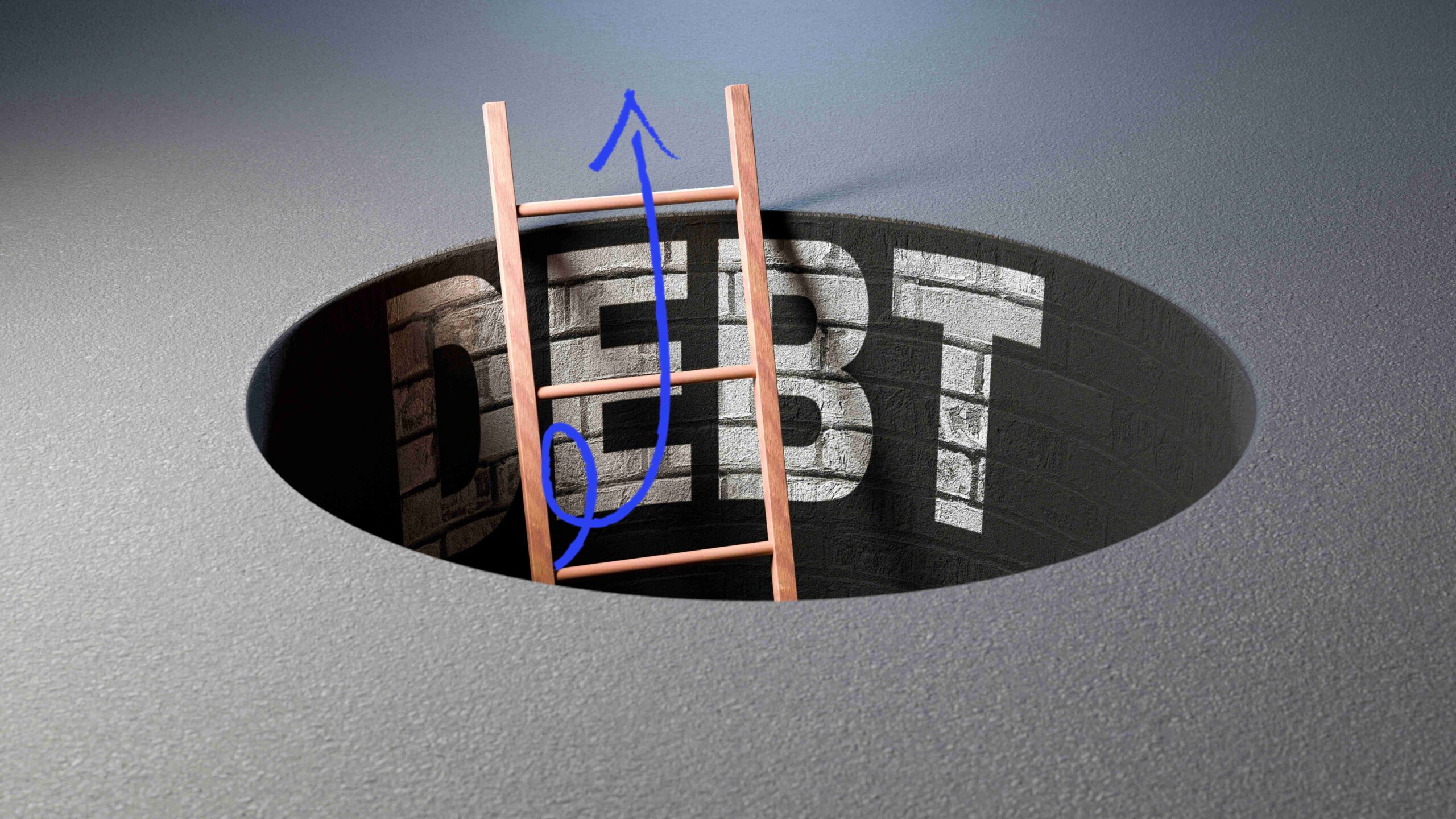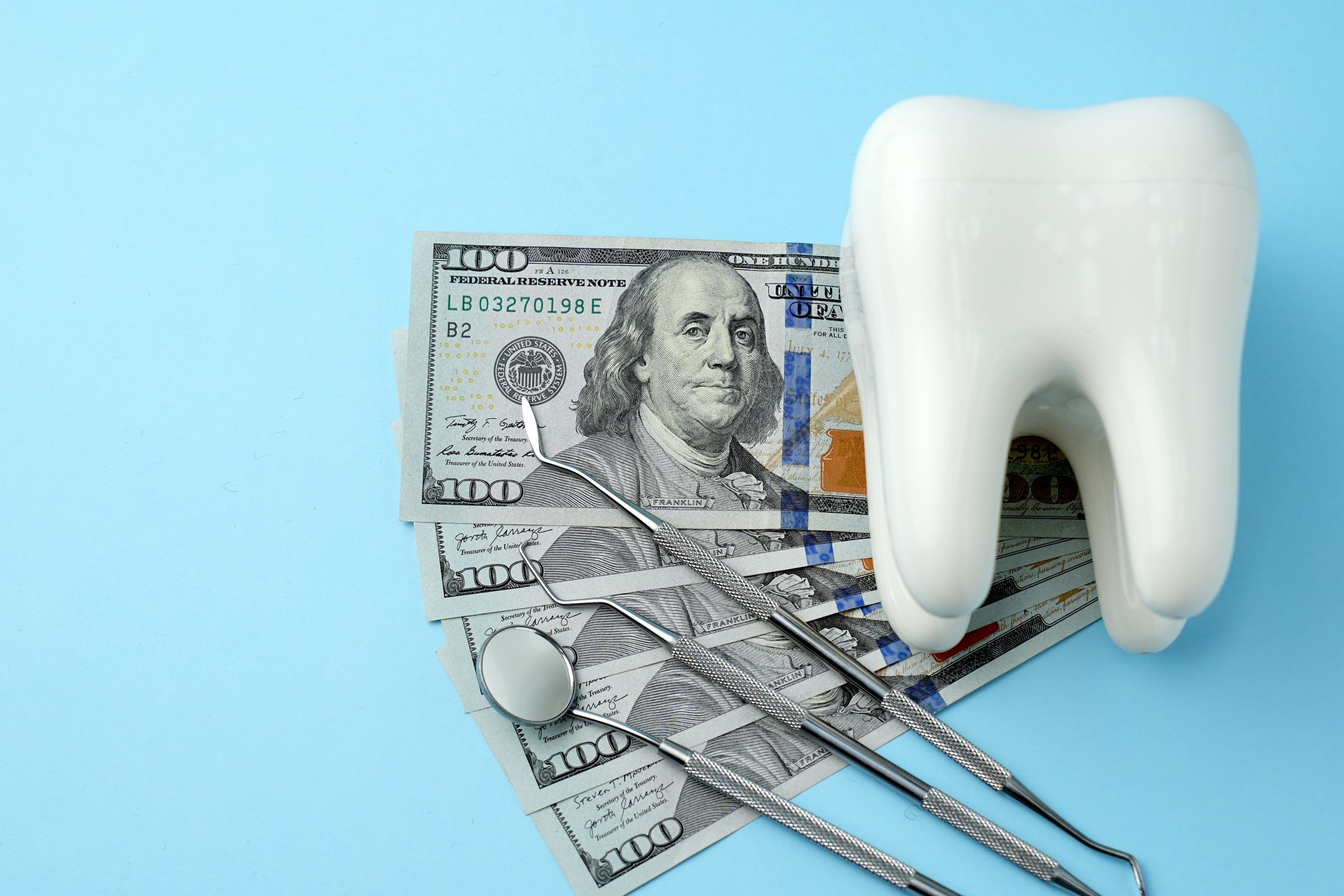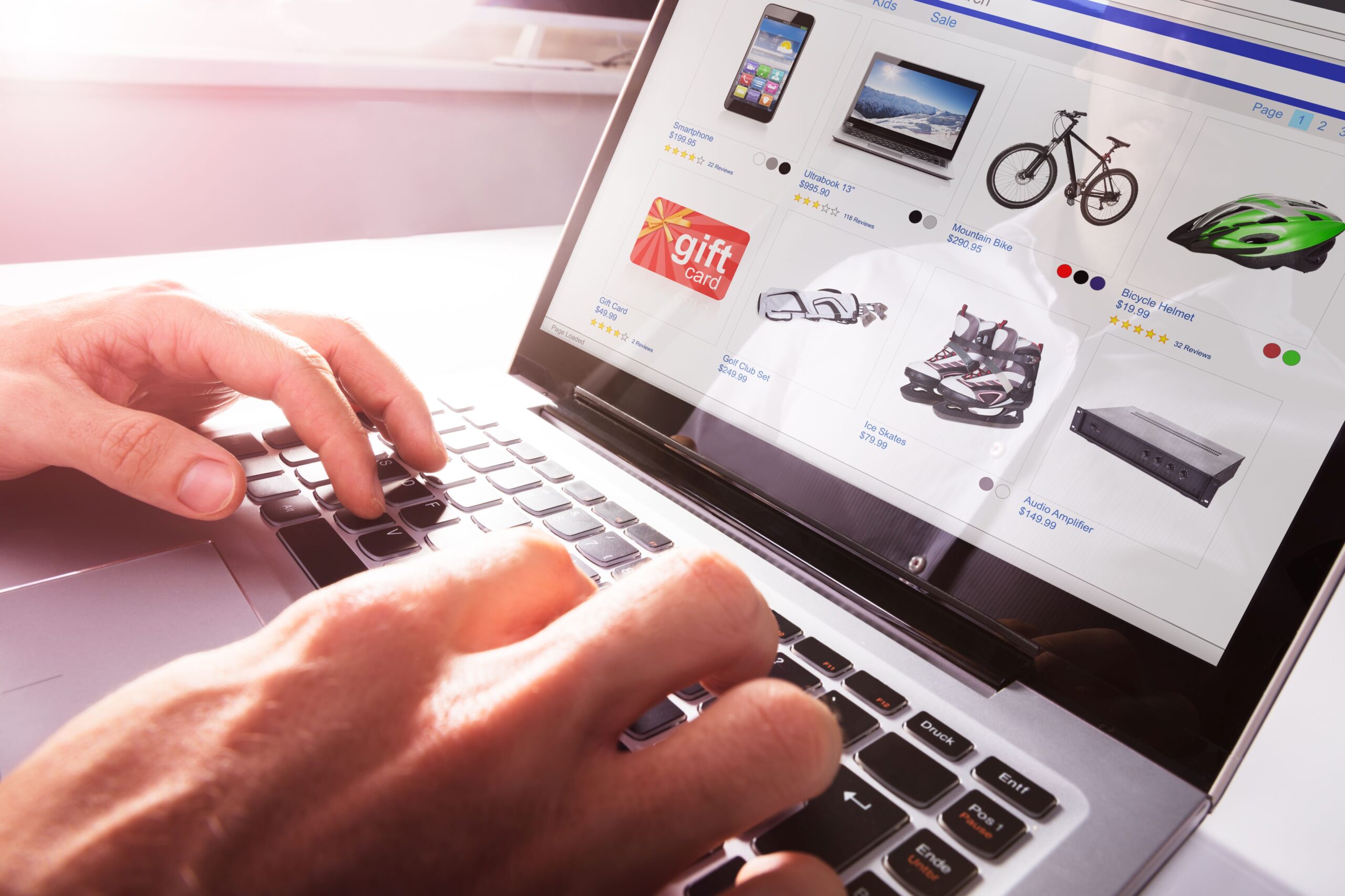Bad Credit Loans Come With Baggage — Know Before You Sign
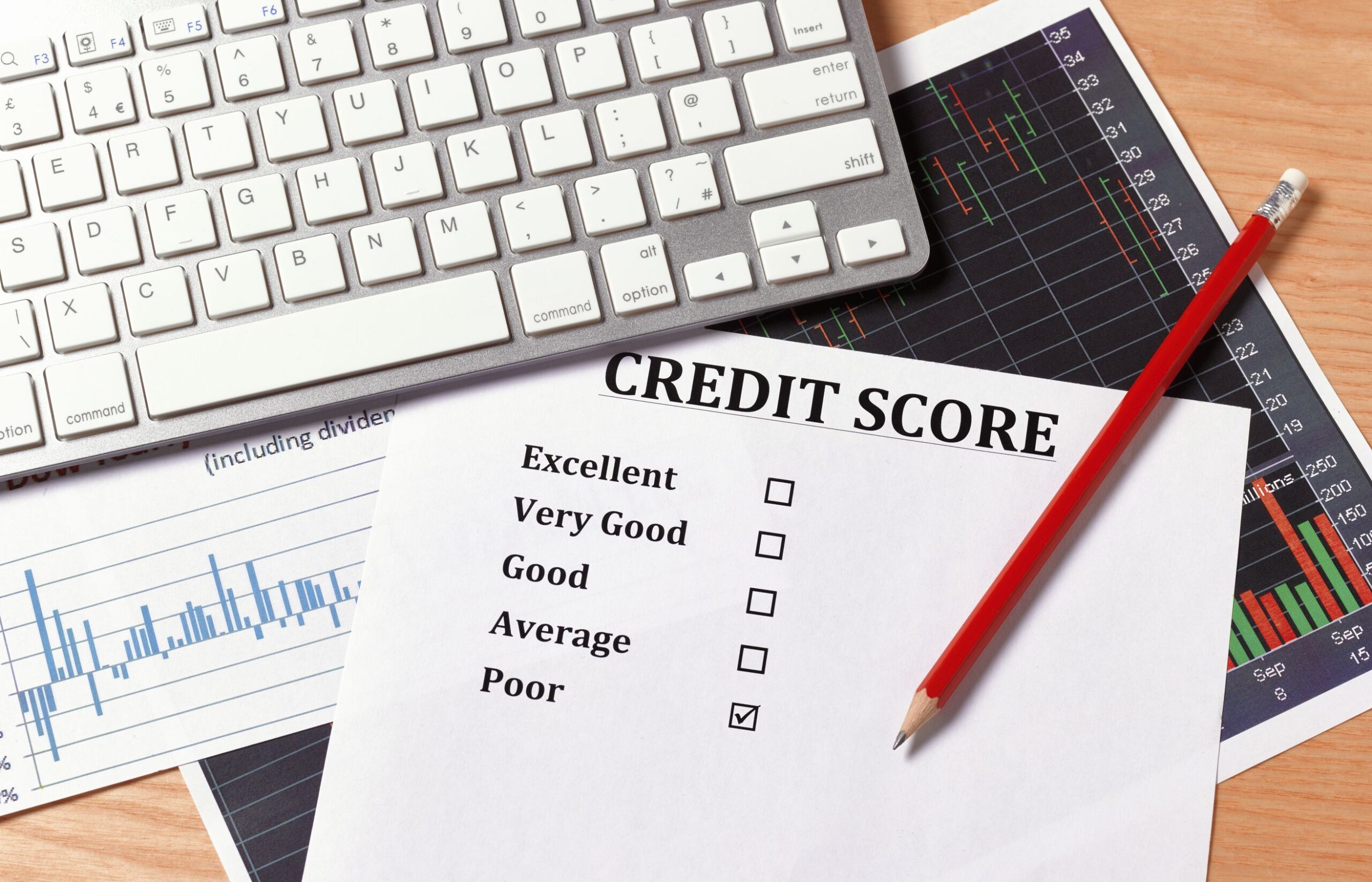
Personal loans can be a great tool for a quick infusion of cash that helps you pay bills or meet other important financial obligations.
Generally speaking, personal loans work best for borrowers with good FICO scores — anything 670 or higher — because those borrowers tend to get more favorable loan terms. Borrowers with poor or bad credit scores, however, are likely to receive loan offers with exceptionally high interest rates and lower loan limits, provided they can even qualify.
Before taking out a personal loan with bad credit, consider the options and weigh the outcomes.
At a Glance: Pros and Cons of Bad Credit Personal Loans
Borrowers with poor (300-579) or fair (580-669) credit scores may have a tough time qualifying for a personal loan. Traditional financial institutions often view bad credit as a score of 600 or lower. Online lenders, meanwhile, tend to be a bit more flexible with credit score requirements.
Here are a few of the pros and cons of taking out a personal loan with bad credit:
Pros
- Funding arrives quickly
- Unsecured loans – no collateral necessary
- Making payments on time allows you to build your credit
- Rates may be lower than using a credit card or going through a payday lender
Cons
- Bad credit personal loans usually have high interest rates
- Adds to your overall debt
- Missed payments will negatively affect your credit score
- Loan amounts are smaller for less-qualified borrowers
Potential Benefits of a Bad Credit Personal Loan
There are many different reasons why taking out a personal loan might be a good financial decision, even if you have bad or poor credit.
May Help You Build and Improve Your Credit Score
Building credit is important because it gives you so much more flexibility and options when it comes to borrowing and financing.
Boosting your credit score takes time, and paying your personal loan payments on time each month for an extended period will make a positive impact on your FICO score — payment history makes up 35% of your score, the single largest factor. It also contributes to your overall credit mix, another determining factor (10%) used to generate a credit score. Lastly, using a bad credit personal loan to consolidate high-interest credit card debt could lower your overall credit utilization on your cards.
The amount owed accounts for 30% of your FICO score, and cards with balances nearing credit limits will negatively affect your credit score.
Lower Rates Than Some Types of Lending or Credit
Median credit card interest rates in 2024 remain shockingly high at roughly 24%. Here’s a scenario for using a credit card versus a bad credit personal loan:
Interest rates on bad credit personal loans will vary, though, and borrowers with exceptionally poor credit scores will likely be quoted higher interest rates than what’s shown in this example. Still, a bad credit personal loan could prove less expensive than a cash advance on a credit card, and you may be able to access a larger amount of cash.
Some borrowers might be tempted to get money through a payday lender. According to the Consumer Financial Protection Bureau, the average annual percentage rate on payday loans is about 400%. Due to their predatory lending practices, payday loans are banned in many states.
Check Your Interest Rate Before Applying
Many times you can prequalify for a bad credit personal loan by what’s known as a “soft” inquiry on your credit score. A soft pull won’t negatively affect your credit score. You’ll know where you stand in the loan qualification process, and you’ll get an idea of what kinds of interest rates you’ll receive in loan offers.
It’s an Unsecured Loan
Many forms of consumer debt include collateral, such as your automobile or house for an auto or home loan, respectively.
Most personal loans are unsecured, which means you won’t have to put up any collateral, such as your automobile, to qualify for the loan. That’s beneficial for borrowers because if there’s a default on the loan, you won’t lose your vehicle or other important assets.
Flexible Lending Guidelines and Loan Amounts
Qualifying for a mortgage from traditional lenders in the wake of the financial crisis of the late 2000s is extremely difficult – impossible, even, for borrowers with bad credit and lower income levels. Qualifying for a personal loan, however, is a much simpler process.
Even if you’ve been turned down for a credit card, you might still qualify for a personal loan, especially if you have a fair credit score. Personal loan lenders will consider your credit rating, as well as your debt-to-income ratio and monthly income, to potentially qualify you for a loan.
Loan limits also can vary between $1,000 and $50,000, although only more highly qualified borrowers will get loan offers at that higher amount.
Funds Can Be Used for Any Purpose
When you take out an auto or home loan, the funds are for a vehicle or house — borrowers don’t get any cash. With a personal loan, you can use the funds however you want; there’s no oversight once the loan is approved and funded.
May Allow You to Catch Up on Your Finances
Getting behind on bills can create a difficult downward financial spiral that’s hard to resolve.
Taking out a personal loan to catch up on finances can not only alleviate the tremendous stress that comes from being behind on payments, but it also can help you save money in late fees. According to the Consumer Financial Protection Bureau, American consumers pay more than $14 billion in late credit card fees each year, with fees often totaling as much as $40. Late fees also can hurt your credit score. Payment history is the largest factor (35%) in determining your FICO score.
Funds from a personal loan can help you get caught up on missed payments or pay off certain balances entirely.
Flexible Repayment Terms
Personal loan borrowers can choose repayment terms that best match their financial situation. Loan terms are typically up to five years, but some lenders may offer longer terms.
Loan terms, along with your interest rate, dictate the amount of your monthly payment. Loans with shorter terms of one to three years will have higher payments than loans with longer terms; however, you’ll save money over the length of the loan because you’ll pay less in interest.
Here’s an example:
Personal Loan
- You take out a personal loan for $5,000 to pay off a high-interest credit card
- You choose a three-year repayment option
- Your payments are $180 each month
- You’ll pay $1,507 in interest
Credit Card
- You have a $5,000 balance
- Your interest rate is 24%
- Your monthly payment over three years is $196
- You’ll pay $2,061 in interest
Find the Right Financial Solution
If you’re looking for the best financial solution for consolidating your debt, use our search tool to get started. Compare debt consolidation lenders, and find the best rates offered right now.
Potential Drawbacks of Bad Credit Personal Loans
Bad credit personal loans may not be favorable for every borrower. The scenarios below highlight some potential drawbacks of taking out a personal loan with poor or bad credit.
You Will Likely Have a High Interest Rate
Borrowers with bad credit will receive less favorable interest rates on loan offers, perhaps as high as 35.99%, provided they can even qualify. Borrowing money at such high interest rates can make it extremely difficult to pay back the loan.
Using the same example given above, a $5,000 personal loan with a 30% interest rate and a three-year repayment plan equates to a monthly payment of $212. You’ll pay $2,641 in interest or a little more than half of what you originally borrowed.
It Won’t Cure Your Spending Issues
One issue with taking out a personal loan (or any additional borrowing) is that you’re adding to your overall debt load. If you don’t have enough money to meet monthly financial obligations, it may be more financially prudent to examine your spending habits and create a budget that aligns with your income.
Personal loans shouldn’t be used for frivolous purchases or to pay for basic needs. While your bank account may get a quick infusion of cash, you’ll be saddled with additional debt that may ultimately prove too difficult to repay.
Fees May Be Higher
Some personal loan lenders charge origination fees to cover the administrative costs of issuing loans (these fees are a common expense on home loans). This one-time cost is usually a modest 1% to 5% of the loan, but borrowers with bad credit may have to pay as much as 10% of loan costs. This fee may also be labeled as an underwriting or processing fee in loan offers.
It Could Damage or Lower Your Credit Score
Any additional borrowing will show up on your credit score and could result in a lower score. The total amount of debt owed comprises 30% of your FICO score.
5 Ways to Know If a Personal Loan for Bad Credit Is Right for You
Borrowers with bad credit have a much more difficult path to obtaining a personal loan than those with excellent credit. Here’s how to know if this is the right path to pursue when you need cash.
You can afford the payments
Regardless of your credit score, you’ll have to be able to shoulder the additional burden of monthly payments if you take out a personal loan. Make sure there’s enough wiggle room in your monthly income before taking out a bad credit personal loan.
Interest rates are lower than credit cards
Average credit card interest rates are well north of 20%. Swapping credit card debt for a personal loan makes sense only when you can get a substantially lower interest rate. Borrowers with bad credit may not be able to make an equitable trade.
Loan limits align with your needs
Loan offers for borrowers with bad credit will be capped at much lower amounts than offers for more qualified borrowers. Lenders advertise personal loan limits of up to $50,000, but borrowers with poor credit won’t be able to access that kind of money without a qualified cosigner. Prequalifying allows you to see offers in advance so you can determine if loan limits match your financial goals and requirements.
Sets time frame for repayment
Credit cards are open-ended. You could be paying on balances for many years, provided you don’t increase the balance you owe along the way. Personal loans, meanwhile, have set repayment terms. You could shed high-interest credit card debt in a predetermined time frame. You’ll also know exactly how much you’ll pay in interest.
No prepayment penalties
Your financial situation (and credit score) may improve over time, and you may be able to pay back your personal loan earlier than planned. If possible, make sure there are no penalties for early payment — some lenders may be counting on the interest earned over the course of the loan and charging a prepayment penalty.



